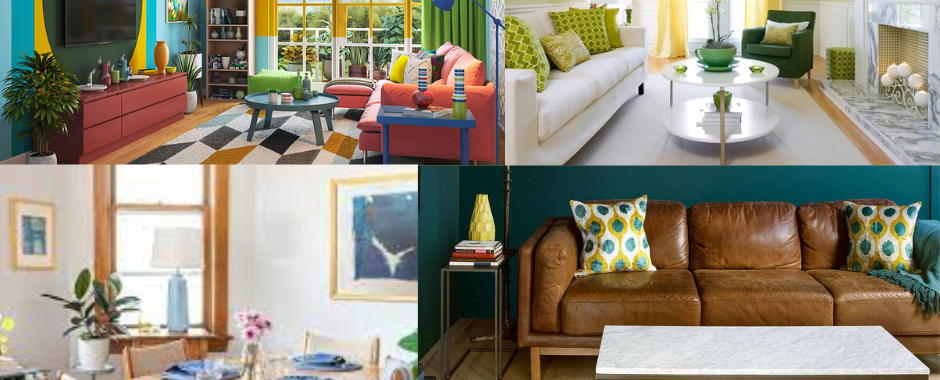Matching furniture with wall color is an important aspect of interior design that can have a significant impact on the overall aesthetics of the room. Here are some tips to help you achieve a harmonious and visually appealing combination:
Consider the color wheel:
Use the color wheel to understand basic color relationships. Complementary colors (opposite on the wheel) can create vibrant contrast, while similar colors (next to each other) can provide a more harmonious look.
Neutral Base:
Start with a neutral base for walls or furniture. Neutral colors like white, beige, gray or taupe create a versatile backdrop that can work well with different furniture colors.
Monochromatic Scheme:
Stick to a monochromatic color scheme by choosing furniture and wall colors in different shades of the same color. This creates a sophisticated and cohesive look.
Contrast and accent colors:
Consider using contrasting or eye-catching colors for furniture or walls. For example, if your walls are neutral in color, you can introduce bold or complementary colored furniture pieces to add interest.
Create a focal point:
Use color to create a focal point within the room. This can be achieved by placing a brightly colored piece of furniture against a more subdued wall or vice versa.
Texture and Ingredients:
Pay attention to the texture and materials of both the furniture and the walls. Even if the colors are different, similar textures can create a harmonious look.
Light:
Take care of natural and artificial lighting in the room. Colors may appear different in different lighting conditions, so consider how colors will look during the day and at night.
Consider the purpose of the room:
The function of the room can influence color selection. For example, cool and light colors may be appropriate for a bedroom, while vibrant and energetic colors may work well in a living room or dining area.
Sample Color:
Before making a final decision, test paint samples and bring fabric or material samples when shopping for furniture. This helps you visualize how the colors will look together in the real space.
personal preferences:
Ultimately, consider your personal preferences and the mood you want to create in the space. Your comfort and satisfaction with the color scheme is important.
Remember, there are no strict rules in design, and personal taste plays an important role. Feel free to experiment and find a combination that matches your style and preferences.

